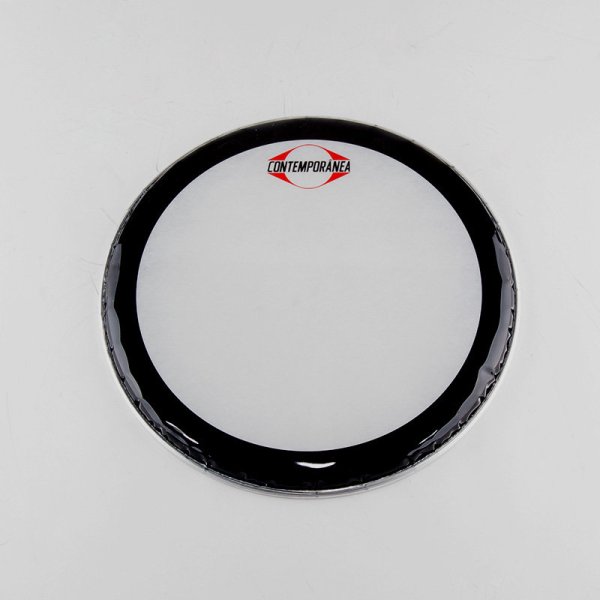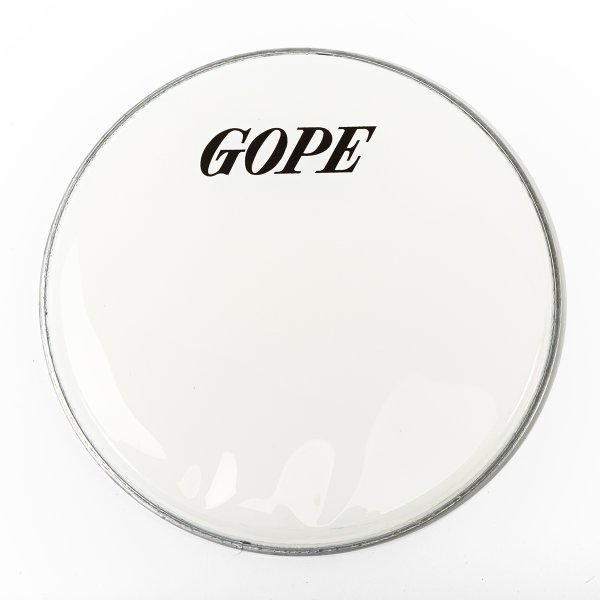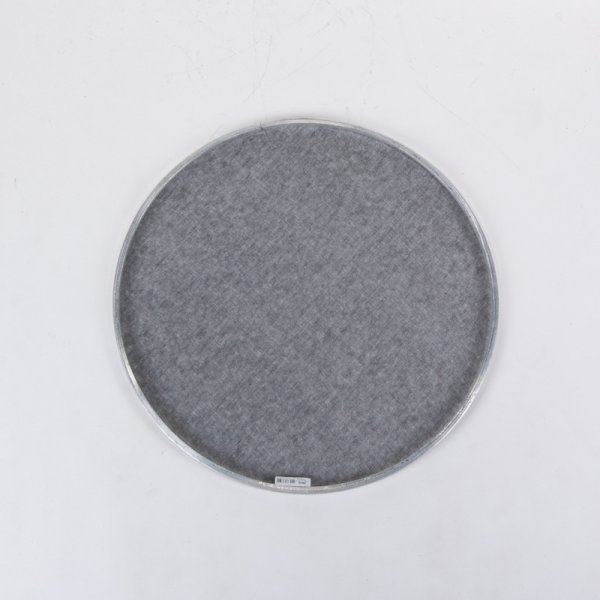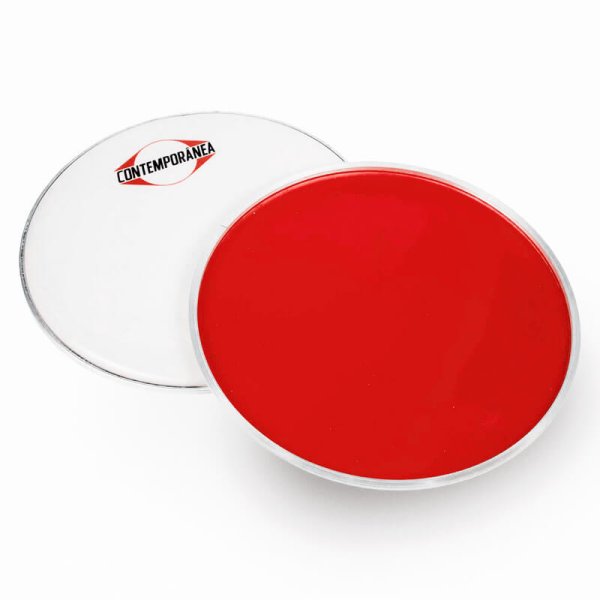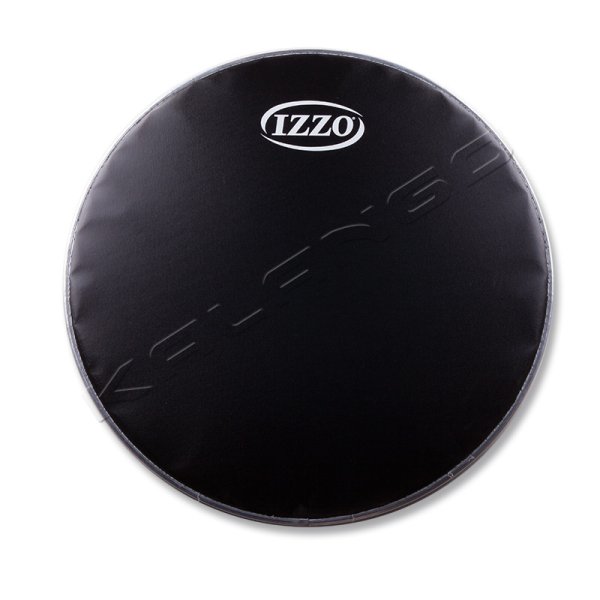Help - my drum head has creases and there's a crack in the rim!
Time and again we receive concerned emails from sambistas who have just unpacked their order and are horrified to discover a gap in the aluminium rim or a crease in their brandnew drumhead. Don't worry, it's all perfectly normal and we'll explain to you why.
Why are there creases in my drum head?
What is the cause for creases around the rim area on a drum head?
Creases or small waves in the drumhead material around the edges of the rim can occur when the two-dimensional synthetic foil is pressed into a rounded, convex, 3-dimensional profile during production. Creases can occur with all sizes and types of drum heads, small tamborim heads are just as affected as large surdo heads. For multi-layered heads such as korinos, inverted korinos or special multi-layered types of heads e.g. with damper rings, two or even more layers of material are pressed into the aluminium rim. The more material is processed, the more susceptible the head is to creasing. You can therefore see creases particularly often with multi-layer heads. Just imagine yourself stuffing a massively oversized t-shirt into your trousers. The thicker and bigger the t-shirt and the tighter your belt, the more creases in the shirt you will get.
Let's take a closer look at this:
The aluminium rim is made from a C-profile (pre-shaped piece of aluminium). The drum head at this point is still just a piece of flat plastic. It is then cut into size and pressed into the C-profile which has been bent to shape a ring. The vinyl is no longer flat as the pressing into the C-profile has added a convex, 3-dimensional curve around the edge. This is where the head usually gets creases around the rim area, in particular where the C-profile ends come together. Some drumhead manufacturers press the vinyls into the profiles with heat to add optical flawlessness and avoid any creasing. In Brazil, this is not common, but also not really necessary, because the heads smooth out when mounted and after put under tension.
In short, thicker or even multi-layered drum heads are more likely to have visible creases around the edge. Creases happen with all sizes and types of drum heads. But no need to worry - as soon as you put tension on the head and tune it properly, the material will smooth out and creases will not be visible anymore. The sound, durability or quality of a head is not affected by a crease.
Creases are particularly common with multi-layered drum heads
My korino head has a particularly visible crease, that's not normal, or is it?
Yes it is, for the simple reason that korino (or nappa leather) heads and inverted korino heads are double-layered, so not only more material has to be pressed into the C-profile (aluminium ring), but also two separate layers have to be fitted into very little space. As soon as you mount and tune the head, it will pull out smoothly.
There's a gap in the aluminium ring - is my drum head faulty?
Is the rim broken?
There is nothing wrong with your drum head. The aluminium rim is a C-profile piece of aluminium which, during production, is cut to size and formed into a ring before the vinyl for the drum head is fitted and pressed. The gap - the so-called joint - is simply where the profile has been cut into size. Some bespoke drum head brands weld this spot for visual reasons. Brazilian brands do simple solutions, in this case, they just press the vinyl in the ring without any extras and that's absolutely ok because the joint has no function and no influence on durability, stability or other quality characteristics of the drum head.
Note: The joint is not always completely closed, so you might get a head with hardly any or very little gap space or you might get one with a little more space. Also, the cut of the profile is not always as clean as we expect it to be with our European standards. We must not forget, in Brazil, things sometimes work differently.
If the joint bothers you aestetically:
Simply place the joint under under a tension rod or hook and it will no longer be visible.
My last drum head had no crease, why is there one now?
Even though drumheads are produced industrially, some of the work steps are still done by hand. We are in constant contact with the manufacturers and of course try to offer the most consistent quality possible. However, as with any fully industrialised manufacturing processes, there is always a small tolerance within these work processes in which small discrepancies are acceptable. As long as they don't compromise the function of the item, that's fine. Now that we have decades of experience with trading with Brazilian drumheads, we can honestly say that a crease in a drumhead will not cloud your samba experience in any way!
We hope that this has shed some light on the subject, but if you still have questions, please feel free to contact us.










